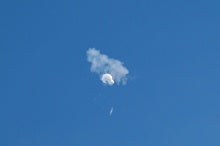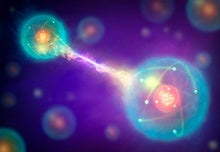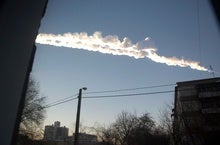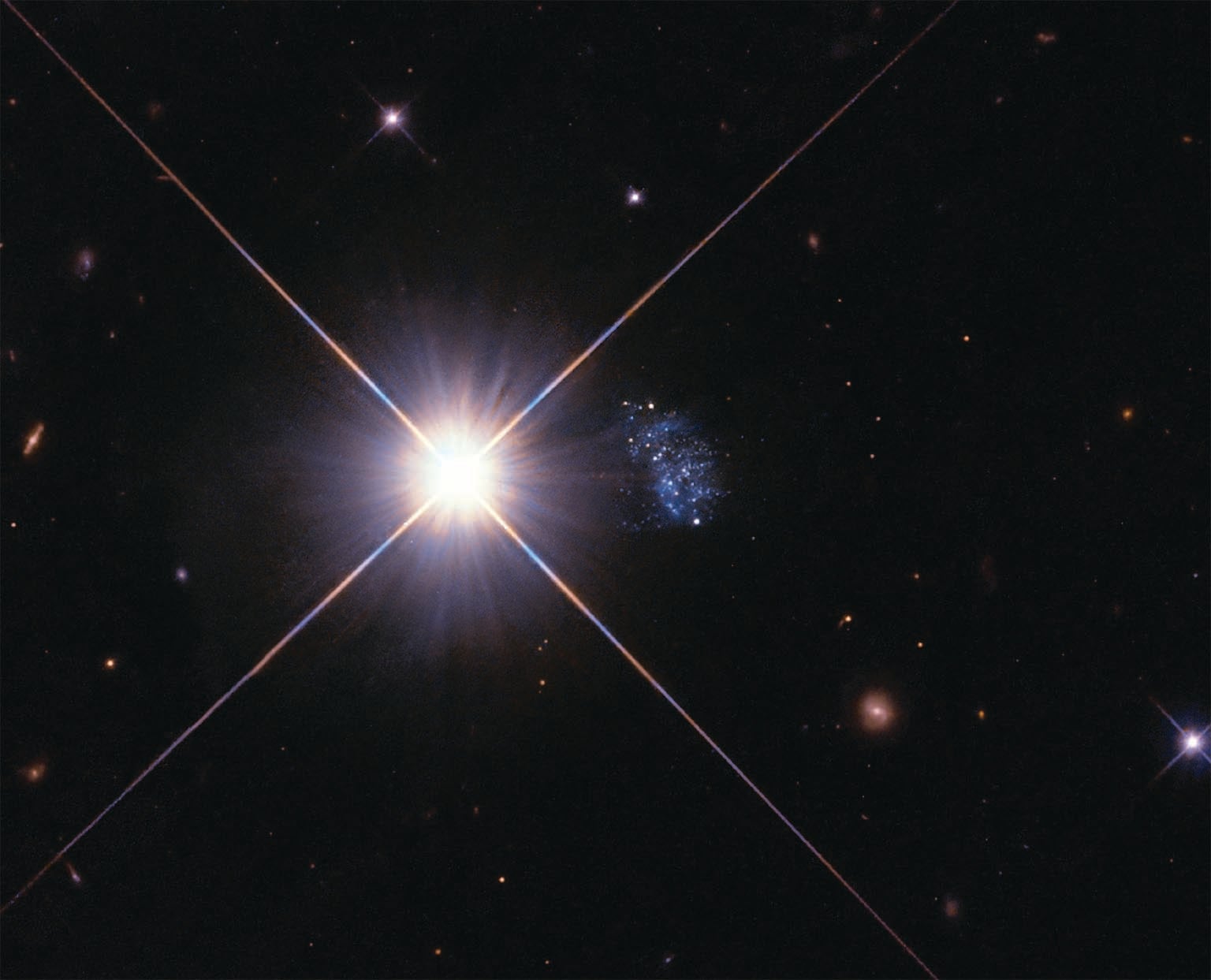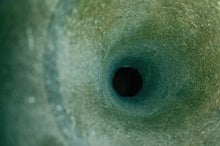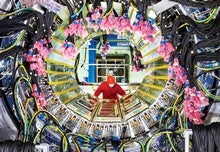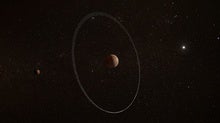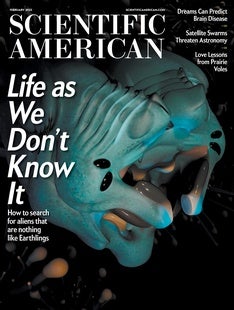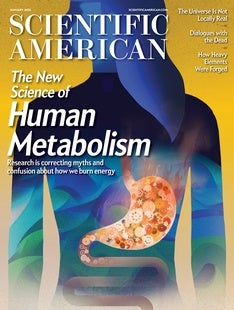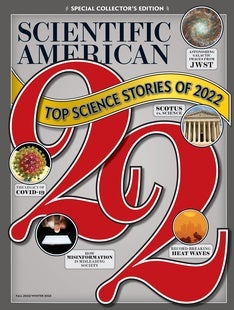 |
| February 16, 2023 |
This week, our top story is on the soon-to-launch JUICE mission, a probe from the European Space Agency that early next decade will work in tandem with NASA's Europa Clipper mission to investigate the prospects for life inside Jupiter's icy, ocean-bearing moons. Together, these two missions are preparing the way for future, more ambitious studies of Jovian satellites, including efforts to send landers and even submersibles for deeper explorations of these enigmatic buried seas. Elsewhere, we have stories on the latest spate of UFO-spoofing spy balloons, the not-so-spooky nature of quantum entanglement, the 10th anniversary of the Chelyabinsk meteor blast, a curious "peekaboo" galaxy, and more. Enjoy! |
| | Lee Billings, Senior Editor, Space & Physics
| |
 |
| |
| |
| |
| |
| |
| |
| |
| |
| |
FROM THE ARCHIVE
 | | It's Never Aliens--until It Is 2017 was a banner year for scientists seeking aliens—even though they (apparently) didn't find any By Lee Billings | January 2018 | | |
LATEST ISSUES
 |
| |
| Questions? Comments?  | |
| Download the Scientific American App |
| |
| |



